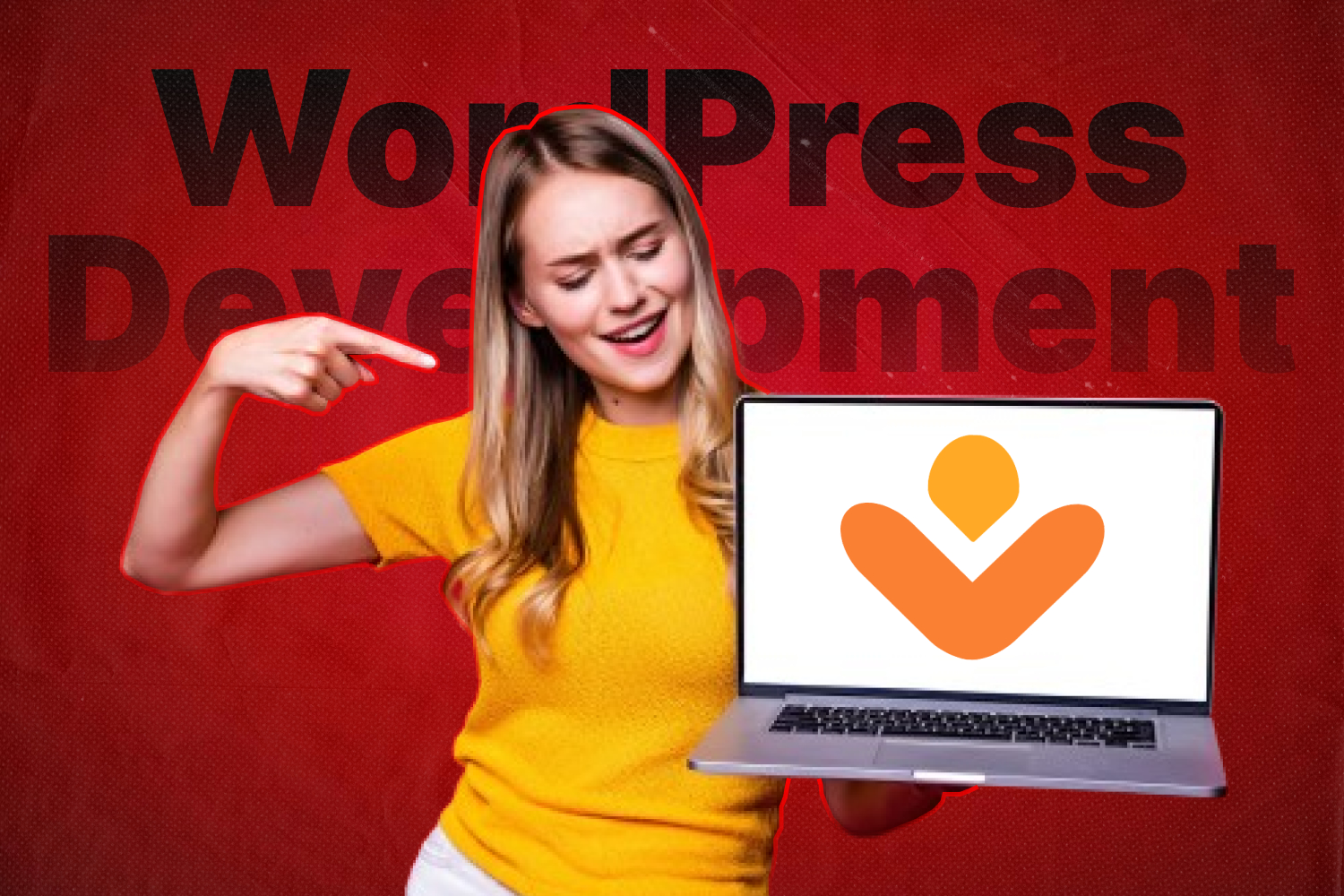
Introduction
WordPress has evolved from a simple blogging platform to a powerful content management system (CMS) that powers over 40% of all websites on the internet. Its flexibility, ease of use, and extensive community support make it a popular choice for developers and businesses alike. In this in-depth article, we will explore the key aspects of WordPress development, covering everything from the basics to advanced techniques.
- Introduction
- I. Understanding WordPress
- II. Setting Up a WordPress Development Environment
- III. Basics of WordPress Theming
- IV. Extending Functionality with Plugins
- V. Advanced WordPress Development Techniques
- VI. Performance Optimization
- VII. WordPress and SEO
- VIII. Continuous Integration and Deployment
- IX. Community and Resources
- X. Future Trends in WordPress Development
- Conclusion
I. Understanding WordPress
A. Overview of WordPress
- History and Evolution: Tracing the roots of WordPress and its journey from a blogging tool to a versatile CMS.
- WordPress Versions: A brief overview of major WordPress releases and their key features.
B. WordPress Architecture
- Core Components: Understanding the core components of WordPress, including the database, themes, and plugins.
- File Structure: An in-depth look at the file structure of a WordPress installation.
- Template Hierarchy: Exploring how WordPress determines which template file to use for different types of content.
II. Setting Up a WordPress Development Environment
A. Local Development
- Local Development Tools: Introduction to tools like XAMPP, MAMP, or Docker for setting up a local development environment.
- Installing WordPress Locally: Step-by-step guide on installing WordPress on a local machine for development purposes.
B. Remote Development
- Hosting Options: Comparing different hosting options for WordPress development, including shared hosting, VPS, and managed hosting.
- Setting Up Remote Environment: Configuring a remote server for WordPress development, including considerations for security and performance.
III. Basics of WordPress Theming
A. Theme Development
- Anatomy of a Theme: Understanding the structure of a WordPress theme and the role of key files like style.css and index.php.
- Theme Customization: Exploring the WordPress Customizer and creating theme options for users.
B. Template Tags and Functions
- Common Template Tags: Overview of essential template tags for displaying post content, metadata, and more.
- Custom Functions: Writing custom functions to extend the functionality of a WordPress theme.
IV. Extending Functionality with Plugins
A. Plugin Development
- Introduction to Plugins: Understanding what plugins are and when to use them.
- Creating a Basic Plugin: Step-by-step guide to creating a simple WordPress plugin.
B. Popular WordPress APIs
- WordPress REST API: Leveraging the REST API for creating headless WordPress applications.
- Hooks and Filters: Understanding the power of hooks and filters in WordPress development.
V. Advanced WordPress Development Techniques
A. Custom Post Types and Taxonomies
- Creating Custom Post Types: Extending WordPress beyond standard posts and pages.
- Taxonomies and Relationships: Implementing custom taxonomies and establishing relationships between content types.
B. Security Best Practices
- Securing WordPress: Common security vulnerabilities and best practices for securing a WordPress site.
- User Authentication and Authorization: Managing user roles and permissions securely.
VI. Performance Optimization
A. Caching Strategies
- Caching Plugins: Overview of popular caching plugins and their configuration.
- Content Delivery Networks (CDNs): Implementing a CDN to improve website performance.
B. Code Optimization
- Minification and Concatenation: Optimizing CSS and JavaScript files for faster loading times.
- Image Optimization: Reducing image sizes without compromising quality.
VII. WordPress and SEO
A. SEO Fundamentals
- SEO Best Practices: Implementing on-page and technical SEO strategies within WordPress.
- SEO Plugins: Overview of popular SEO plugins and their features.
VIII. Continuous Integration and Deployment
A. CI/CD in WordPress
- Version Control: Using Git for version control in WordPress projects.
- Automated Deployment: Setting up automated deployment workflows for WordPress.
IX. Community and Resources
A. WordPress Community
- WordCamp and Meetups: Participating in the global WordPress community events.
- Online Forums and Resources: Finding support and resources from the vast WordPress community.
X. Future Trends in WordPress Development
A. Gutenberg and Full Site Editing
- Gutenberg Overview: Understanding the block-based editor and its impact on theme development.
- Full Site Editing: Exploring the future of WordPress with full-site editing capabilities.
Conclusion
In conclusion, WordPress development is a dynamic and multifaceted field that requires a solid understanding of the platform’s architecture, coupled with best practices in theming, plugin development, and optimization techniques. As WordPress continues to evolve, developers must stay abreast of the latest trends and technologies to create robust and scalable websites. Whether you are a beginner or an experienced developer, this comprehensive guide aims to provide valuable insights and resources to enhance your WordPress development skills.



